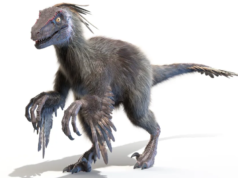A saber-toothed kitten was discovered along the Badyarikha Riverbanks in Siberia. It had been extremely well-preserved in permafrost for over 35,000 years. This remarkable discovery is the first of its kind and allows scientists to study and gain insight into a species we have yet to fully understand.
The Great Discovery

Scientists looking for Mammoth tusks made a great discovery in 2020 when they uncovered the mummified remains of a saber-toothed kitten. A recent study published in late 2024 states that the well-preserved kitten was almost entirely intact and that, based on its incisors, it was at least three weeks old when it died. According to the study, its cause of death is unknown.
A Well-Preserved Mummy
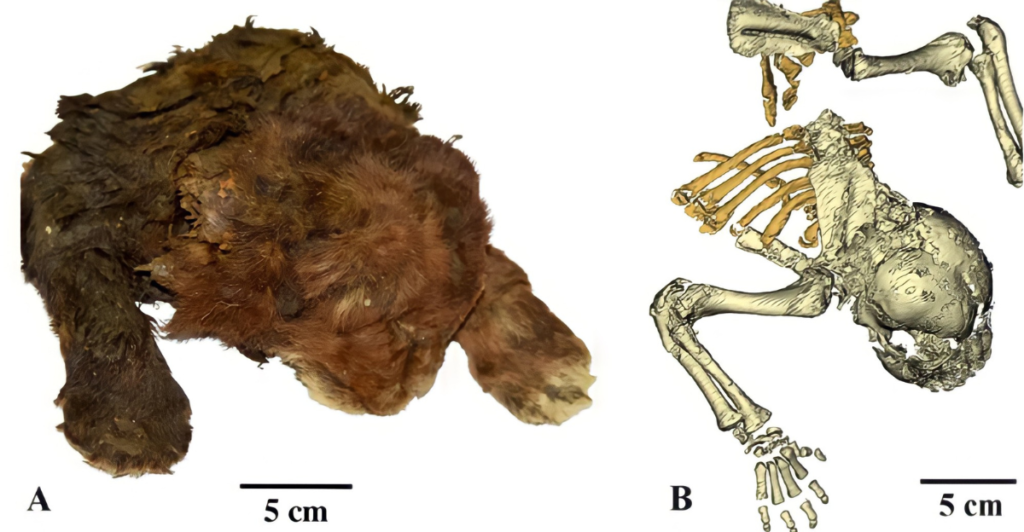
The mummified remains discovered included the head (including whiskers and muzzle), forelimbs (with claws), and torso (with fur). Furthermore, articulated bones from the kitten’s pelvis and hind legs were also found. Carbon dating revealed that the kitten lived an estimated 35,500 to 37,000 years ago and belonged to the Homotherium latidens species, which lived in the Late Pleistocene era (some 2.6 million to 11,700 years ago).
A Saber-Tooth Kitten

The kitten’s dark brown, short but thick fur measures about 0.8 to 1.2 inches long and has been described as “surprisingly soft” by Professor Alexey V. Lopatin, who headed the study into the cub’s remains. Lopatin and his team from the Borissiak Paleontological Institute at the Russian Academy of Sciences revealed that the kitten’s fur, flesh, and bones will enable scientists to tell more about its size and how its muscles were formed to enable hunting.
The First of Its Kind

This marks the world’s first-ever discovery of a saber-toothed cat and could prove to be a game changer in what we know about the species. Paleontologists around the world are sharing in this exciting discovery. While permafrost discoveries are not uncommon, mummified cats are an extremely rare find. Previously, only fossilized bones have been found in the Netherlands and Canadian Yukon.
The Importance of this Discovery

The Ice Age kitten provided scientists with a wealth of new information about Homotherium latidens species. Lopatin indicated that extracting DNA from the kitten will be an important step in understanding the species because a detailed examination of its skeleton, muscles, and hair can be thoroughly studied. This new study will provide insight into the evolution of the feline species.
Lopatin’s Study
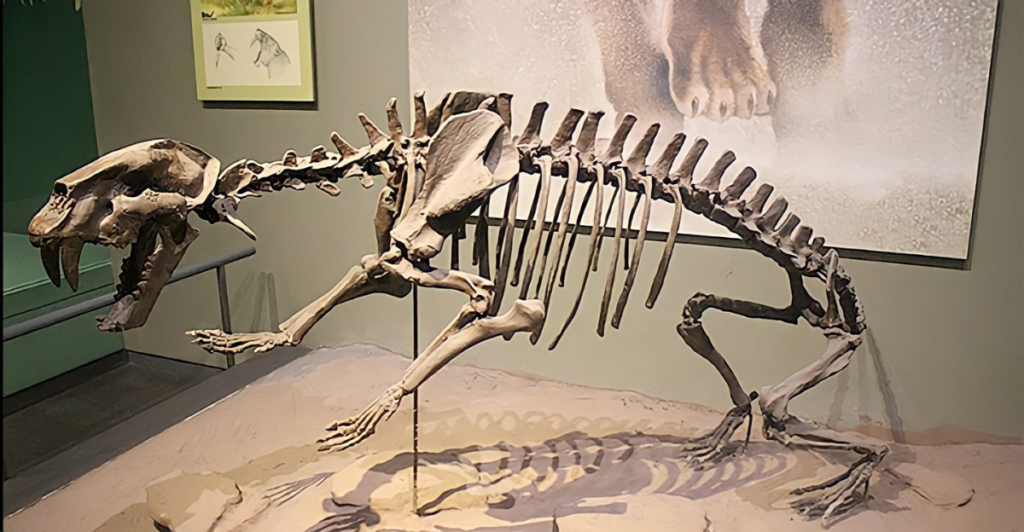
The study of the kitten’s remains revealed that it was roughly 35 centimeters long. The paws were found to be wide (almost the same as its length) and had no carpal pads (fondly known as “beans”), which are commonly used to absorb shock. This suggests an adaptation to low temperatures and movement in snow. The kitten has a large mouth opening, which could allow the lip to cover the elongated canines once they grow in.
The Larger Paws
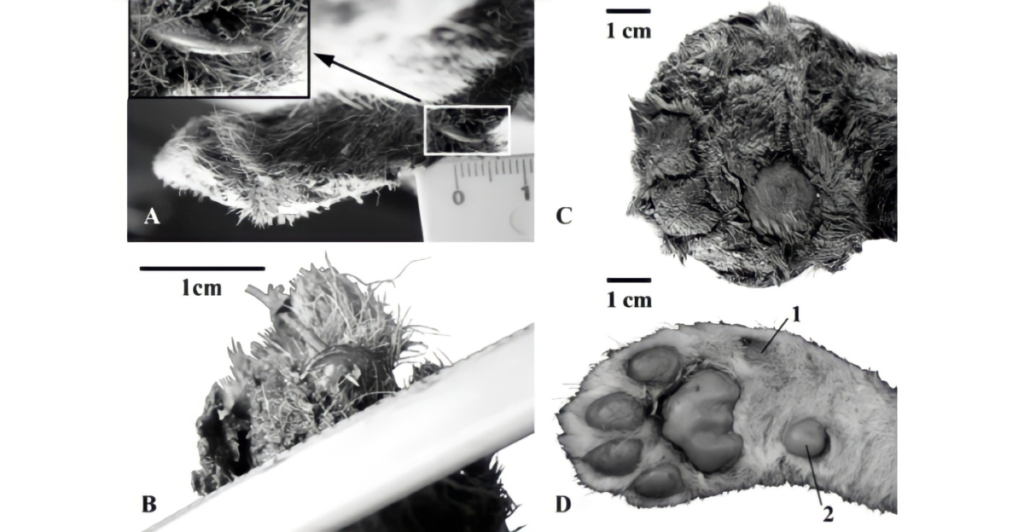
The cub’s paw size closely resembles that of a bear compared to that of a lion. Paleontologist Jack Tseng explained that bears use their paws and forearms to dig through trees and undergrowth to find food. Therefore, the cub’s paw size and forelimb length suggest that as an adult, it would likely have relied on its forearms, perhaps to hold prey down during a kill.
Differences with Modern Day Lions

During his study, Lopatin compared the Saber-Toothed cub to modern-day lion cubs of the same age. The cub’s fur was darker, its ears smaller, and its mouth and neck bigger. The cub’s paws were also rounder than those of a lion cub, and its forelimbs were longer.
An Evolutionary Genetic Discovery
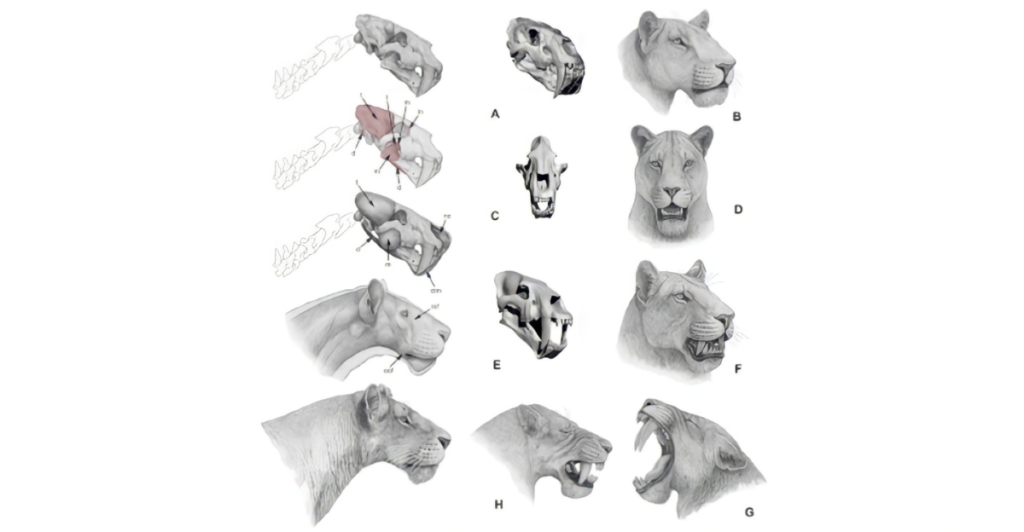
DNA, taken from fossilized bones, showed that this group of cats split from other ancient cats roughly 18 million years ago. The study found that the kitten shared characteristics with the Machairodontinae subfamily with curved saber teeth and lived roughly 12 million to 10,000 years ago. Tseng suggests that this recent discovery “represents a part of that cat family tree that goes back almost to the origin of the cat family.”
What We Know About Saber-Tooths

Cats from the Homotherium species are known for their elongated teeth that protrude past the jaw. These teeth, used to grab and kill prey, can measure up to eight inches. They are distant relatives of modern-day cats and can be found in countries such as Africa, America, and Eurasia (Europe and Asia). The species went extinct at the end of the Pleistocene period (some 12,000 years ago), also known as the Last Ice Age.
What is Permafrost?

Permafrost is a layer of soil, rocks, and sand lying underneath active soil that remains frozen for two or more years. This layer is usually 32 degrees Fahrenheit or colder and is, therefore, perfect for preserving fossils. Permanently frozen ground is common near the North and South Poles but is not always covered in snow.
Other Significant Discoveries in Permafrost
In 2024, gold miners found a woolly mammoth in Siberia with a horn still attached to its body. Some months later, scientists finished a necropsy (animal autopsy) on a mummified wolf also found in Siberia in 2021. The wolf was also dated back to the Last Ice Age. Other significant discoveries made in permafrost include, among others, that of a mummified woolly rhino and two cave lions found in Yakutia.
The Siberian Permafrost
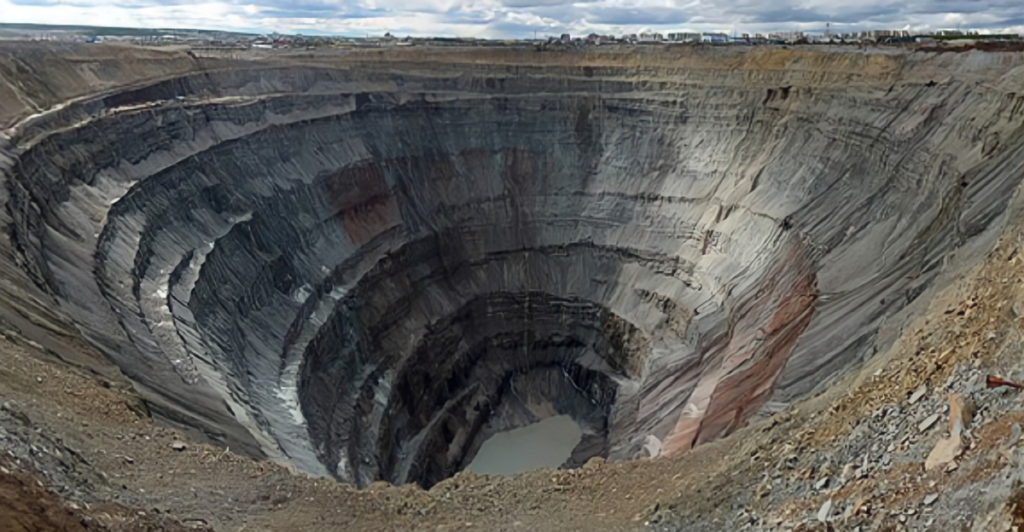
Siberia’s cold but dry climate creates perfect conditions for preservation. The dry air essentially dehydrates soft tissue, and the cold temperatures freeze dead animals, preserving them in whatever state they die in. This combination creates a time capsule of sorts for fossils from millions of years ago.
Discover more of our trending stories and follow us to keep them appearing in your feed

“There Will Be Eruptions”: Concerns Mount as Yellowstone Supervolcano Activity Shifts
After 800 Years of Silence, This American Volcano Shows Signs of Activity
Lake Shasta’s Remarkable Comeback From Drought Captured in Stunning Images
13 Most Dangerous Animals in America
References:
Reference 1
Reference 2
Reference 3
This article first appeared here
Stay connected with us for more stories like this! Follow us to get the latest updates or hit the Follow button at the top of this article, and let us know what you think by leaving your feedback below. We’d love to hear from you!



